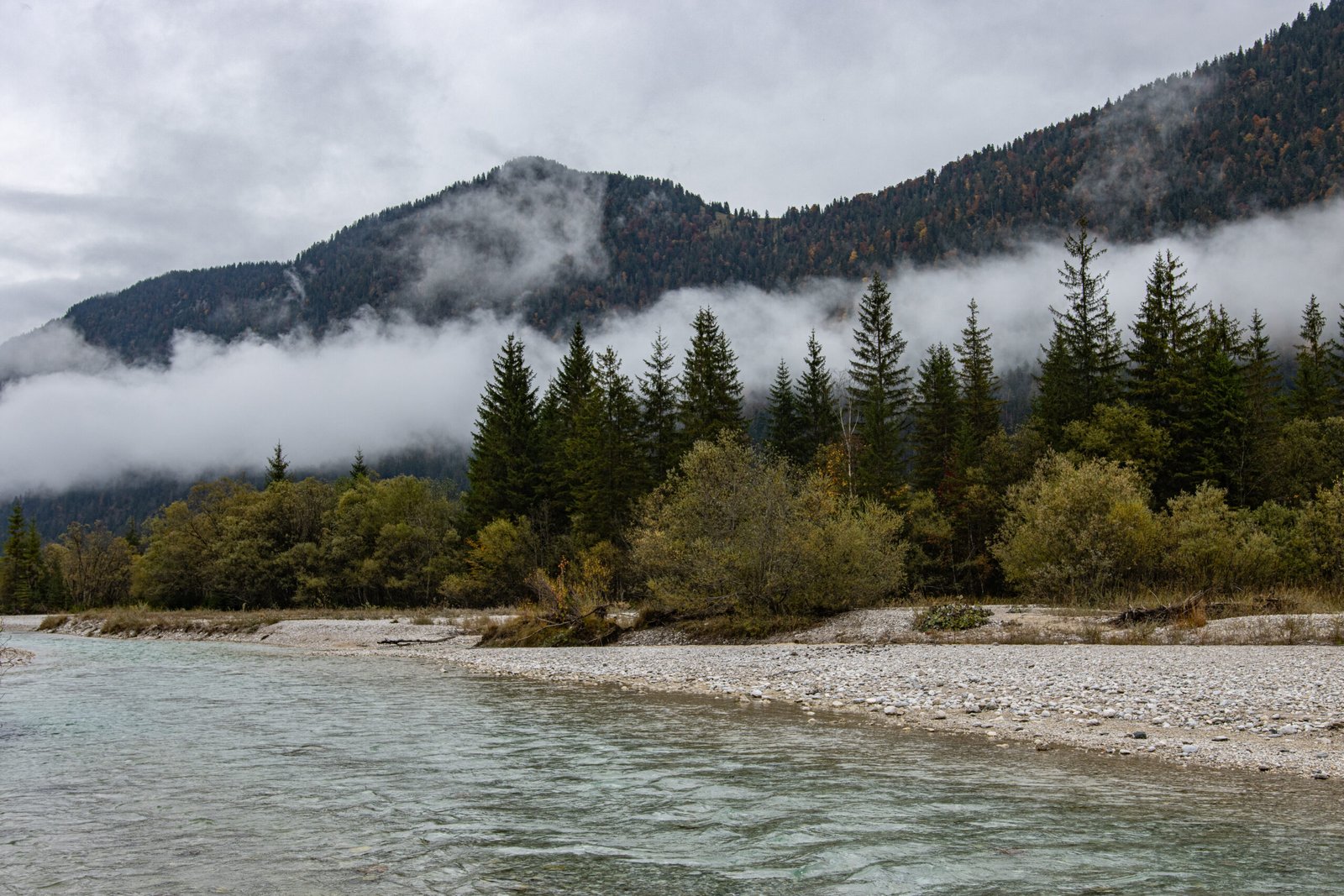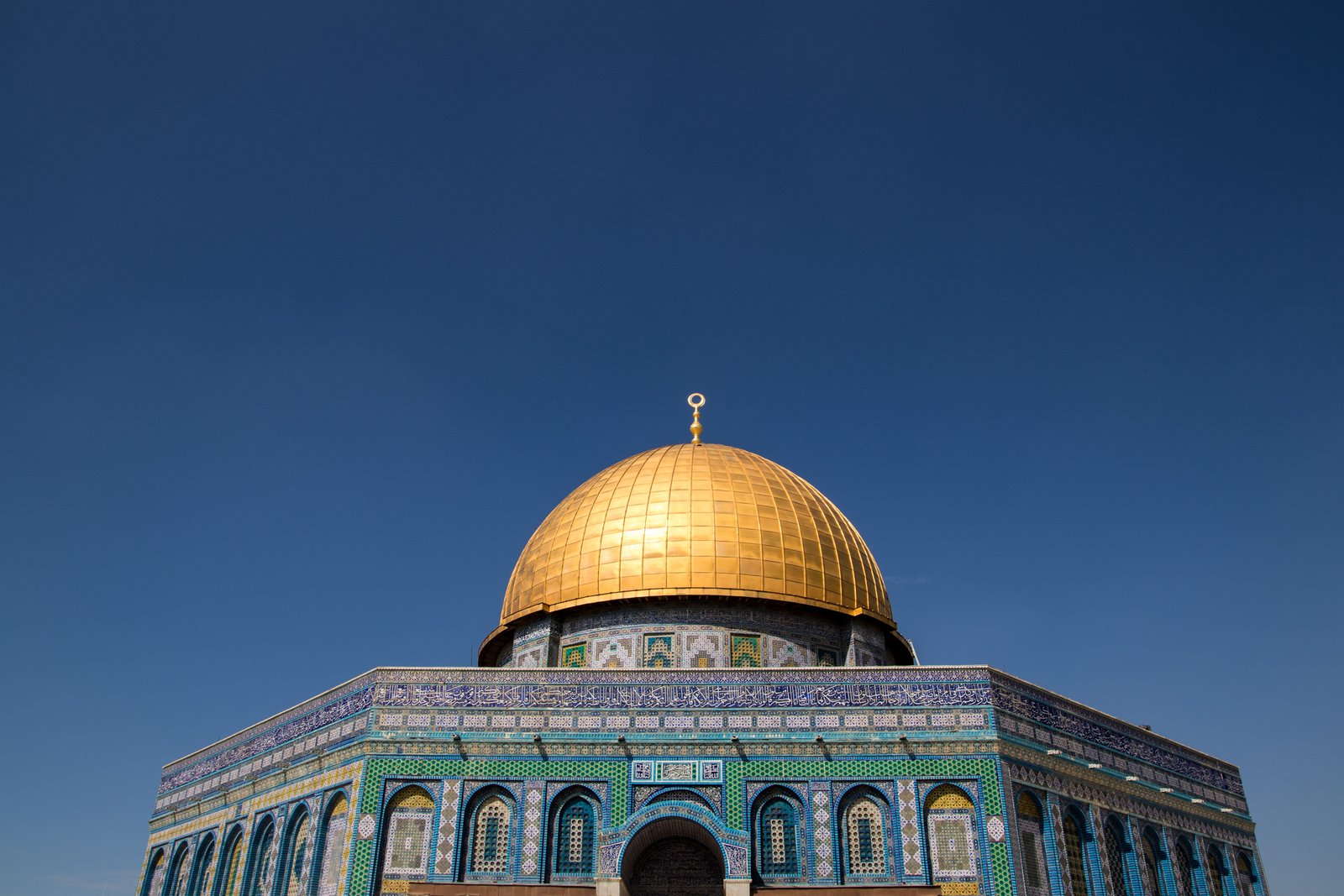
Kiana, Alaska
Imagine a place where time seems to stand still, where the hustle and bustle of city life is replaced by the tranquility of nature. Welcome to Kiana, Alaska, one of the lesser-known gems nestled in the vast wilderness of the Last Frontier. This charming city is filled with breathtaking landscapes, rich cultural heritage, and a tight-knit community that welcomes visitors with open arms. So, grab your warmest coat and get ready to embark on a journey through the enchanting world of Kiana, Alaska.
Geography
Location
Kiana, Alaska is located in the northwest part of the state, about 57 miles east of Kotzebue. It sits on the banks of the Kobuk River, near the Arctic Circle. The town is surrounded by vast stretches of wilderness and is accessible only by air, boat, or snowmobile during the winter. Its remote location and proximity to the Arctic give Kiana its unique and awe-inspiring beauty.
Climate
Kiana experiences a subarctic climate with long, cold winters and short, cool summers. The average high temperature in January hovers around -4°F (-20°C), while in July, it reaches about 55°F (13°C). The town is characterized by its snowy landscapes and freezing temperatures, making it an ideal destination for winter enthusiasts. The region also sees the mesmerizing Northern Lights, or Aurora Borealis, illuminating the night sky, adding to Kiana’s natural wonders.
Natural Features
Kiana is surrounded by breathtaking natural features that are a testament to Alaska’s untouched beauty. The Kobuk River, which flows through the town, is a vital lifeline for the community and provides an abundance of fish, particularly salmon, supporting both the local economy and traditional subsistence practices. The nearby boreal forest and tundra are home to diverse wildlife, including caribou, moose, and various bird species. Kiana’s natural features offer endless opportunities for outdoor enthusiasts, from hunting and fishing to hiking and wildlife spotting.
History
Early History
The land where Kiana now stands has been inhabited by native Alaskans for thousands of years. The Kiana people, part of the Inupiaq Eskimo culture, have a rich and fascinating history intertwined with their landscapes. These indigenous people have relied on the Kobuk River’s resources for survival, displaying a deep connection and respect for the land.
Russian Influence
During the 19th century, Russian explorers and traders made their way to Alaska, leaving a lasting influence on the region. Russian fur traders established trading posts in the area, contributing to the development of commerce and interactions between Native Alaskans and outsiders.
American Settlement
In the early 20th century, American settlements began to emerge in the area, driven by the discovery of valuable mineral resources. Kiana became a hub for mining operations, attracting a diverse population seeking economic opportunities. The arrival of Americans brought significant cultural changes to Kiana, blending traditions and practices from both indigenous and western cultures.

Demographics
Population
Kiana has a small population of approximately 350 residents. The town’s size contributes to its tight-knit community, where everyone knows each other and feels a strong sense of camaraderie. Despite its small size, Kiana offers a warm and welcoming environment to both residents and visitors alike.
Ethnicity
The majority of Kiana’s population is Native Alaskan, primarily belonging to the Inupiaq Eskimo culture. Their heritage is celebrated and deeply ingrained in the community’s identity, fostering a strong cultural connection among the townspeople. The diversity of ethnic backgrounds adds to the richness and vibrancy of Kiana’s cultural tapestry.
Languages
In Kiana, both English and Inupiaq Eskimo are spoken, with Inupiaq being an essential part of the town’s cultural heritage. Elders play a significant role in passing down the language to younger generations, ensuring its preservation and continuity. The bilingual nature of the community enhances cultural understanding and facilitates communication between residents.
Economy
Traditional Subsistence
Traditional subsistence practices play a crucial role in Kiana’s economy. The abundance of natural resources, such as fish, caribou, and berries, allows community members to sustain themselves through hunting, fishing, and gathering. This deep connection to the land not only provides sustenance but also maintains the cultural fabric of Kiana.
Modern Industries
Alongside traditional subsistence activities, Kiana has embraced modern industries to diversify its economy. The region benefits from mining and resource extraction, which has attracted investment and created job opportunities. Additionally, the town has seen growth in small-scale agriculture and renewable energy initiatives, supporting a more sustainable and resilient future.
Tourism
Kiana’s natural beauty, rich cultural heritage, and unique location draw tourists seeking an authentic Alaskan experience. The town offers a gateway to the Arctic region, allowing visitors to explore the pristine landscapes, participate in traditional activities, and witness the wonders of the Northern Lights. Tourism provides an additional source of revenue for Kiana and fosters cultural exchange between the community and visitors.

Culture
Native Alaskan Culture
Native Alaskan culture is deeply rooted in Kiana’s identity. Native traditions, customs, and values are cherished and preserved, creating a strong sense of cultural pride. The community members actively engage in cultural events, storytelling, and ceremonies, ensuring that future generations maintain their connection to their heritage.
Traditional Practices
Kiana’s residents continue to practice traditional subsistence activities, including hunting, fishing, and gathering. These activities not only serve as a means of survival but also as a source of cultural preservation. Sharing skills and knowledge about these practices strengthens the community bonds and reaffirms the importance of traditional ways of life.
Art and Music
Art and music are vibrant expressions of Kiana’s cultural heritage. Local artisans create intricate beadwork, carvings, and traditional garments that celebrate the region’s indigenous art forms. Traditional music, often accompanied by drums and vocals, resonates throughout the community, telling stories passed down through generations. These artistic expressions reflect the resilience and beauty of Kiana’s cultural traditions.
Infrastructure
Transportation
Given its remote location, transportation infrastructure is critical for Kiana’s connectivity to the outside world. The town has an airport, providing regular flights to and from nearby cities. During the winter, when the rivers freeze, snowmobiles and ice roads become vital modes of transportation. Maintaining and improving transportation infrastructure is crucial for the town’s growth and accessibility.
Housing
Housing in Kiana ranges from traditional Inupiaq dwellings, such as sod houses and skin tents, to modern houses and community buildings. This blend of traditional and contemporary architecture reflects the community’s resilience and ability to adapt to changing times. Efforts are made to provide housing that meets the needs of Kiana’s residents while preserving cultural practices and architectural elements.
Education
Kiana is committed to providing quality education to its residents. The town has a school that offers programs focusing on both academic subjects and cultural education. The school plays a vital role in preserving Native Alaskan traditions, teaching Inupiaq language and cultural practices. Education is seen as a crucial tool for empowering the community and preparing future generations for the challenges and opportunities they may encounter.

Local Attractions
Kobuk River
The Kobuk River, which winds through Kiana, is a significant attraction in the area. This pristine river offers stunning views as it meanders through the Arctic landscape, providing ample opportunities for boating, fishing, and wildlife observation. The awe-inspiring beauty of the Kobuk River truly showcases the raw spirit of Alaska.
Kiana Museum
The Kiana Museum acts as a gateway to the town’s rich history and cultural heritage. Visitors can explore exhibits showcasing traditional artifacts, artwork, and historical photos, providing a deeper understanding of Kiana’s past and the Inupiaq Eskimo culture. The museum serves as a focal point for both locals and tourists, fostering cultural appreciation and understanding.
Recreational Activities
Kiana offers a plethora of recreational activities that capitalize on its unique natural environment. Outdoor enthusiasts can enjoy hiking, camping, and bird-watching in the surrounding wilderness. In the winter, snowmobiling, cross-country skiing, and ice fishing are popular pursuits. These activities provide opportunities to connect with nature and experience the adventurous spirit of Kiana.
Annual Events
Kiana Fish Derby
The Kiana Fish Derby is a highly anticipated annual event that celebrates the community’s fishing heritage. Participants showcase their fishing skills and compete to catch the biggest fish, injecting an exciting and competitive atmosphere into the town. The Fish Derby not only offers entertainment but also highlights the vital role of fishing in Kiana’s culture and economy.
Kiana Salmon Festival
The Kiana Salmon Festival is a vibrant celebration of the mighty salmon and its significance in the community. The festival features traditional dances, storytelling, arts and crafts, and, of course, a variety of delicious salmon dishes. This cultural extravaganza brings the community together, showcasing their pride in Kiana’s cultural legacy.
Summer Solstice Celebration
The Summer Solstice Celebration marks the longest day of the year and is a time for rejoicing in Kiana. The town comes alive with festivities, including music, dancing, and games. The celebration serves as a way to honor the sun, appreciate the natural beauty of the Arctic summer, and revel in the joy of community spirit.
Notable Residents
Famous Individuals from Kiana
Kiana has produced numerous notable individuals who have left their mark on various fields. From accomplished artists and writers to influential community leaders, Kiana’s residents have contributed to Alaska’s cultural landscape and beyond. These individuals have played pivotal roles in preserving traditions, promoting education, and advocating for social and environmental causes.
Community Leaders
Kiana is enriched by the presence of dedicated community leaders who work tirelessly to improve the lives of its residents. These individuals champion initiatives that promote sustainable development, cultural preservation, and economic growth. They serve as a source of inspiration and guidance, ensuring that the community’s needs and aspirations are met.
Prominent Figures
Kiana has been home to prominent figures who have made significant contributions in their respective fields. From renowned artists and musicians to influential scientists and researchers, these individuals have drawn inspiration from Kiana’s natural beauty and cultural heritage, leaving a lasting impact locally and globally.
Challenges and Future Development
Remote Location
Kiana’s remote location presents unique challenges, including limited access to goods and services, expensive transportation costs, and vulnerable infrastructure due to harsh weather conditions. However, the town embraces its remote nature and seeks innovative solutions to promote sustainable development without compromising its cultural and environmental integrity.
Limited Resources
Like many small communities, Kiana faces limited resources, such as healthcare facilities, educational opportunities, and economic diversification. Local leaders and community members are working together to address these challenges through partnerships, grant funding, and sustainable resource management. By focusing on resilience and self-sufficiency, Kiana aims to overcome these limitations and create a thriving future.
Sustainable Growth Strategies
Kiana recognizes the importance of sustainable growth to address the needs of its residents while preserving its cultural heritage and pristine environment. The town is exploring renewable energy sources, promoting eco-tourism, and supporting local businesses to ensure economic stability and minimize its ecological footprint. By implementing sustainable growth strategies, Kiana is paving the way for a prosperous and resilient future.
In conclusion, Kiana, Alaska’s stunning geography, rich history, vibrant culture, and commitment to sustainability make it a truly captivating destination. From its remote location to its warm and welcoming community, Kiana offers a unique and authentic Alaskan experience. With a deep-rooted connection to the land and a resilient spirit, Kiana continues to evolve while retaining its cultural heritage and natural beauty. Whether exploring the Kobuk River, immersing oneself in Native Alaskan traditions, or participating in local events, Kiana provides a remarkable journey into the heart of Alaska.
